Unlike their feline counterparts, dogs aren’t strict carnivores. They have evolved with a scavenging instinct, causing them to eat whatever might fulfill their nutritional needs. They also have a penchant for exploring the world around them with their mouth.
Unfortunately, as many Pack Leaders know, this results in dogs eating many things that aren’t very good for them. Dark chocolate, moldy garbage, and even rat poison are all dangerous items that dogs can and will eat inside the house given the chance. But outside in the garden, there are plants that can pose a threat to your pup as well.
In fact, it’s likely you are not aware of all the plants that can be a threat to dogs. Like humans, dogs can be poisoned by ingesting a wide variety of foliage.
Below is a list of some common plants that Pack Leaders should be on the lookout for. Some are more benign than others — tomato plants, for example will likely only cause a dog mild discomfort. They’re arranged in groups by toxicity, to help those who have a love for their garden and their dog to find the best compromise.
The most toxic plants — the “very toxic” category — can cause severe problems, including coma and death. The “toxic” and the “mildly toxic” should still be avoided, but aren’t associated with as severe symptoms.
It’s important to note that this list does not include every plant that is poisonous to dogs, which would be a very long list; these are just the most common ones. If you have a specific plant you are curious or concerned about, search for information on that plant specifically or ask your local vet.
Common plants toxic to dogs
| Very Toxic | Toxic | Mildly Toxic |
 Azalea/rhododendron |
 Aloe vera |
 Baby’s breath |
 Castor bean |
 Amaryllis |
 Carnation |
 Cyclamen |
 Begonia |
 Gladiola |
 Milkweed |
 Chrysanthemum |
 Tomato plant |
 Oleander |
 Daffodil (narcissus) |
|
 Sago palm |
 Hosta |
|
 Yew |
 Morning glory |
|
 Poinsettia |
What to do if you suspect dog poisoning
If you see your dog eat something poisonous, or if your dog displays symptoms such as vomiting, tremors, seizures, or heavy breathing, contact a vet or animal poison control hotline as soon as possible. Different toxins require different treatments, so don’t assume you know the next best step. In some cases, inducing vomiting is the proper treatment, but in others it can be more dangerous, so consult a professional.
The ASPCA has a hotline available at all times for pet and animal poisonings: (888) 426-4435, but be aware that they may charge a $65 consultation fee to your credit card. Your local vet or animal emergency clinic may also be able to offer a consultation. The best thing you can do to keep your dog safe is to save these numbers on your cell phone and post them in a prominent place, so you can reach help as quickly as possible.
Has your dog have suffered from poisoning? What was the cause and how did you handle it?











